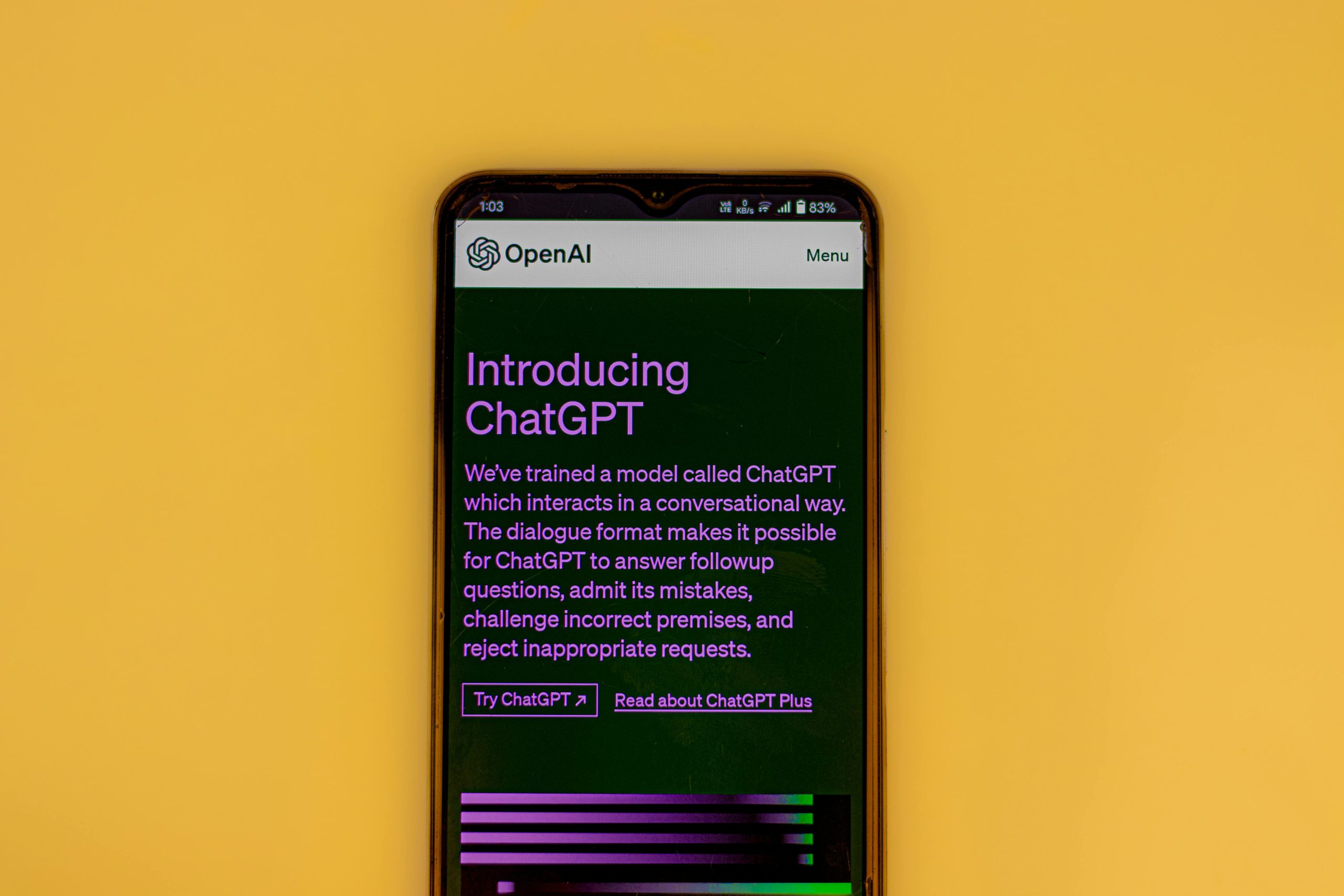I believe artificial intelligence will not lead to a rise in misinformation.
Will AI Really Worsen Disinformation? A Critical Perspective
In recent discussions, there’s been a prevalent concern that the rise of artificial intelligence will exponentially amplify the spread of disinformation, flooding digital spaces with fabricated or misleading content at scale. Many believe that as AI-generated content becomes more ubiquitous, the volume of false information will skyrocket, posing significant challenges for consumers and platforms alike.
However, I’m inclined to approach this assumption with a different perspective.
Consider this: whether you’re scrolling through TikTok or browsing social media in general, most users—myself included—tend to consume a limited amount of content in a sitting. Typically, I might watch between 100 to 150 short videos. Whether these clips are generated by humans or AI doesn’t dramatically alter that number. The content volume remains constant; AI simply offers more material of the same nature.
It’s important to recognize that a vast amount of disinformation already exists, propagated by human creators at an enormous scale. From political misinformation to sensational clickbait, the current saturation is staggering. Introducing even more AI-generated misinformation doesn’t necessarily change the landscape in a meaningful way because I, as a viewer, will still engage with the same proportion of content that I find entertaining or relatable.
My media consumption habits are inherently selective. I tend to click on content that appeals to me—be it cute animal videos, viral fails, political commentary, or miscellaneous entertainment. The algorithm continues to serve up this mix, regardless of whether the content is AI-generated or human-made. Consequently, my exposure to disinformation remains relatively stable over time.
Moreover, disinformation often manifests subtly, leveraging familiar formats rather than outright lies. For instance, a clip labeled with a provocative caption or a misleadingly edited video can be more convincing than a blatant false statement from a politician. These formats make it easier to create believable misinformation without requiring significant technological intervention.
A potential concern is the proliferation of doctored videos—deepfakes of politicians or celebrities saying things they never did. While that certainly adds a layer of complexity, I believe its overall impact might be less alarming than some fear. Given the sheer volume of digital content already circulating and the way people consume media today, such sophisticated manipulations may not make the disinformation problem significantly worse in practice.
In summary, while AI certainly introduces new tools for creating persuasive content, it’s unlikely to drastically alter the overall quantity of disinformation that users are exposed to in their daily media intake. Our engagement patterns and the














Post Comment